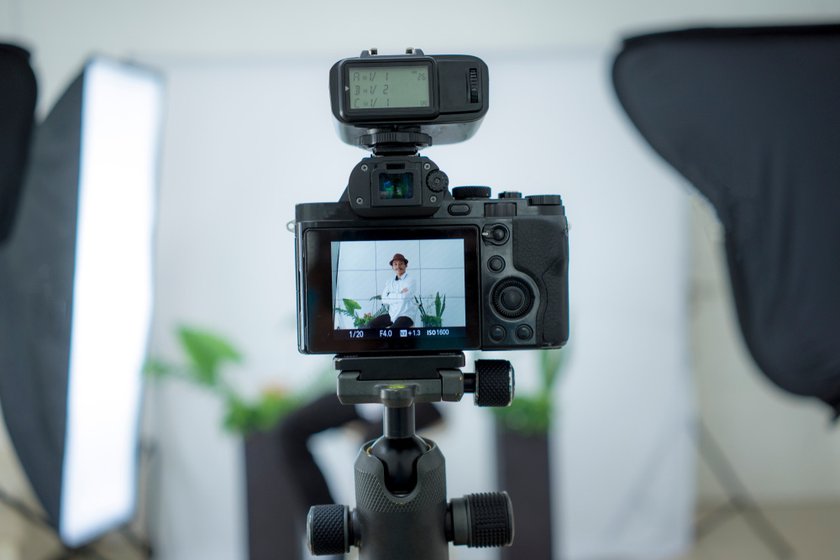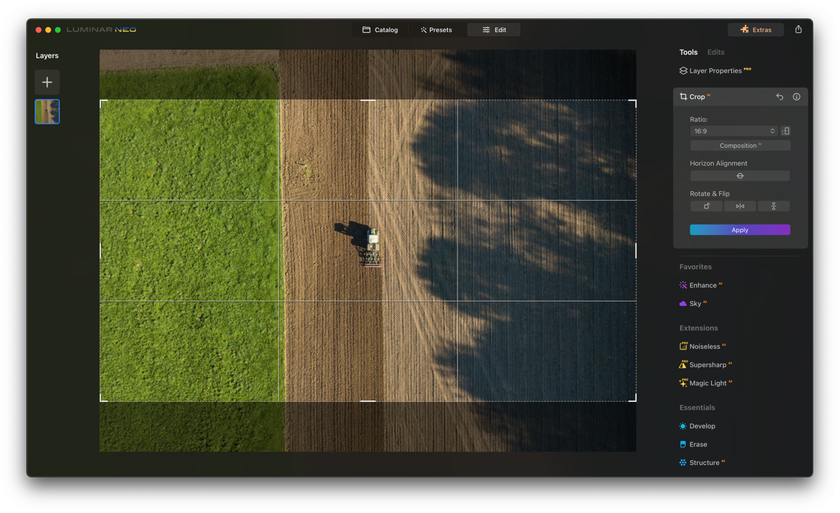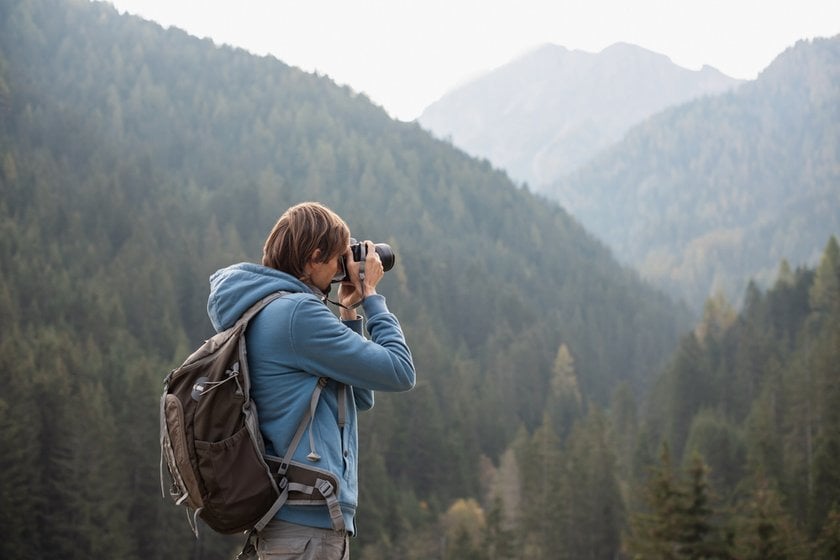One of the aspects that play a pivotal role in the quality and composition of your images is the camera crop factor. The given article will provide a full definition of a crop factor. It will also guide you through crop sensor cameras and their role in photography.
You will learn how the crop factor affects the effective focal length of your lenses and why it is essential to comprehend when capturing that perfect shot. To help you grasp the significance of this parameter, we will illustrate it with practical examples.
We will learn how to compensate for the effects of crop factors during post-processing with Luminar Neo, ensuring that your images look just the way you envision them.
This article will serve as your guide, breaking down the intricacies of a crop factor as a crucial photographic element.
Crop Factor Explained

What does crop sensor mean? Let's figure it out. Camera crop factor is defined as a numerical value that signifies how much smaller the image sensor in a camera is compared to a standard 35mm film frame. The 35mm film frame is considered the benchmark, and this factor represents any deviation from it.
What is a crop sensor camera? The simplest way to put it is this: a camera with a crop factor of 1, traditionally called a "full-frame" camera, has an image sensor roughly the same size as the 35mm film frame. It means it captures images without any magnification. However, most cameras available on the market nowadays have a different type of sensor, which is called a crop sensor.
Now, let's figure out how it impacts our shots. First, it influences the depth of field in your images. It is particularly useful for macro photography or scenarios where you want to keep foreground and background elements sharp.
Additionally, it has a direct impact on the effective focal length of the lenses you mount on your camera. The focal length is the deciding factor in how much of the scene your lens can encompass and how objects are portrayed in terms of size within the frame.
For instance, if you connect a 50mm lens to a camera boasting a crop factor 1.5x, the effective focal length extends to 75mm. This extended reach can prove advantageous in specific photography genres like wildlife or sports, where achieving greater proximity to your subject without physically repositioning is desirable.
Imagine standing in front of a stunning landscape with a full-frame camera and a 24mm lens. With no crop factor, you will capture the entire scene just as you see it with your eyes. Now, switch to a camera with a 1.5x and the same lens. You will notice that the image appears more zoomed in, focusing on a smaller portion of the landscape.

Crop sensor cameras generally offer a more budget-friendly alternative when compared to their full-frame counterparts. This affordability renders them an attractive option for budding photographers and those eager to venture into new photographic genres without necessitating a substantial financial outlay. With a high-quality crop sensor camera and a range of lenses, you can make your photography journey without causing a dent in your finances.
Furthermore, these cameras typically boast a more compact and lightweight design than their full-frame counterparts. This attribute makes them particularly appealing to photographers who are constantly moving, such as travel or street photographers. The reduced form factor enhances portability, ensuring you can effortlessly capture the perfect shot without being burdened by heavy equipment.
Additionally, owing to their smaller image sensor, crop sensor cameras tend to be more energy-efficient. It translates into extended battery life, enabling you to capture more shots or record lengthier videos on a single charge. Such an advantage proves invaluable during prolonged photography sessions or when shooting in remote and challenging locations.
Nevertheless, when dealing with confined spaces or capturing expansive wide-angle vistas, the crop factor can pose a challenge, perpetuating the ongoing deliberations concerning crop vs full frame. However, as previously mentioned, crop sensor cameras are significantly more prevalent. The adverse effects of a crop factor can be rectified during post-production. We shall explore how to achieve this in the following section.
Advanced yet easy-to-use photo editor
Get Luminar Neo NowCompensating for Crop Factor Effects in Post-Processing with Luminar Neo

Resizing
One of the first steps in post-processing is to adjust the dimensions of your image. With a cropped sensor camera, you should increase the size of your photograph to match the proportions of a full-frame image. Luminar Neo provides easy-to-use resizing tools, allowing you to make your subject the focal point of your image without losing quality. It is particularly useful when your crop factor has resulted in unwanted magnification.
Adjusting Perspective
Crop factors can sometimes lead to unwanted image distortion, especially when shooting architecture or landscapes. Luminar Neo's perspective correction tools can help you correct these distortions, ensuring straight lines and well-balanced compositions. You can also easily crop your image in the best way using the Composition AI feature from Luminar Neo.
Enhancing Sharpness And Detail
To compensate for the perceived loss of detail due to crop factor, Luminar Neo offers a range of sharpening (Supersharp AI) and detail-enhancing (Enhance AI) filters. These filters can make your subject pop and add that extra level of crispness to your images.
Color Correction
On occasion, crop factors may influence the color rendition in your photographs. With Luminar Neo's color correction tools, you gain the capability to meticulously refine and harmonize the color balance, ensuring that your images faithfully replicate the colors you observed at the moment of capture.
Be Creative
Crop factor doesn't always have to be a limitation; it can also be a tool for creative experiments. Luminar Neo allows you to experiment with different framing techniques (square, panoramic formats, etc.) to enhance the visual impact of your photographs.
Bottom Line

The camera crop factor is a pivotal aspect for every photographer to understand. We explored how a crop sensor camera influences the effective focal length of your lenses, frequently resulting in a sense of magnification, and what the advantages of such cameras are compared to a full-frame one.
We have also delved into the world of post-processing with Luminar Neo, a powerful tool that allows you to compensate for the effects of crop factors.
Embrace the opportunities the crop factor gives you, and watch your photos come to life like never before.


